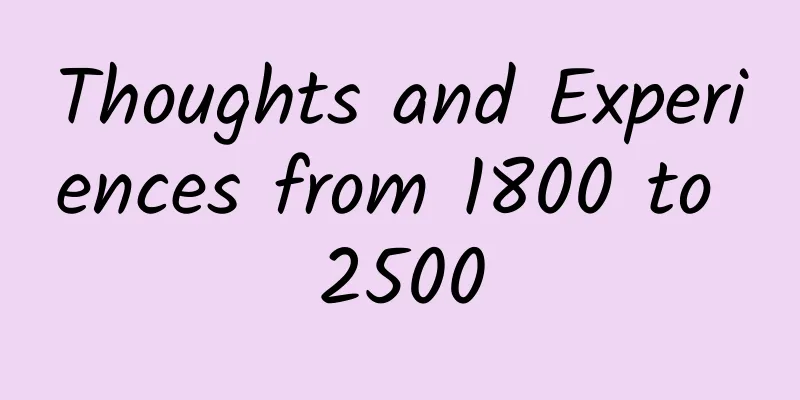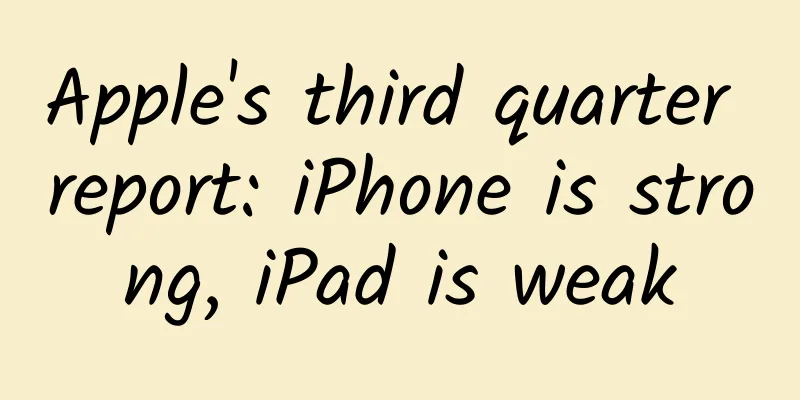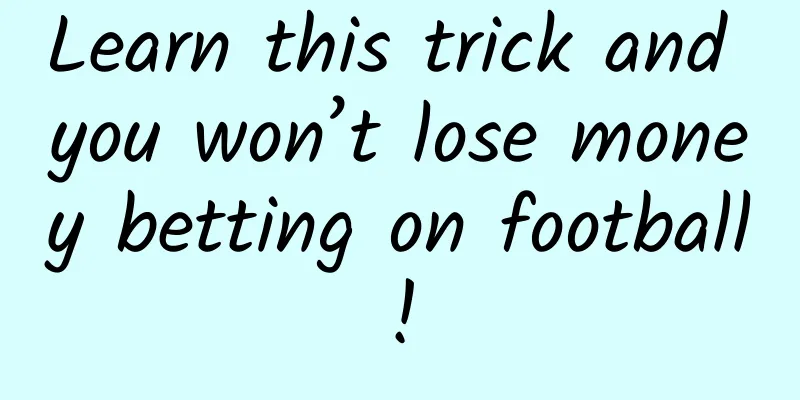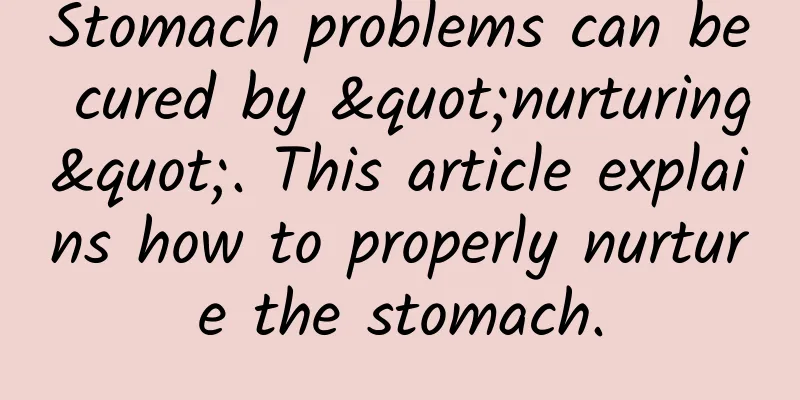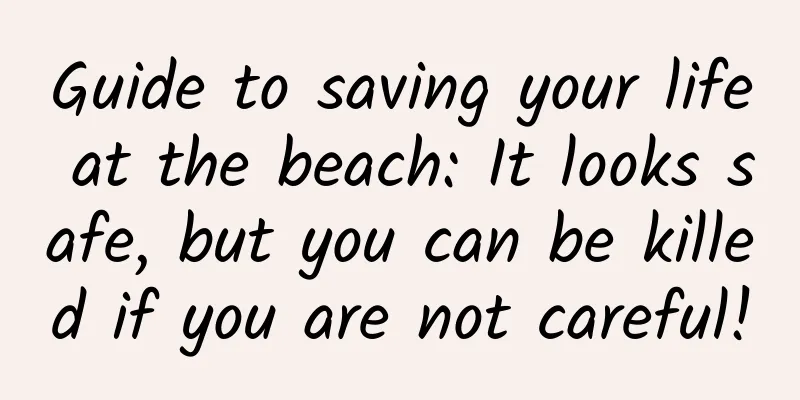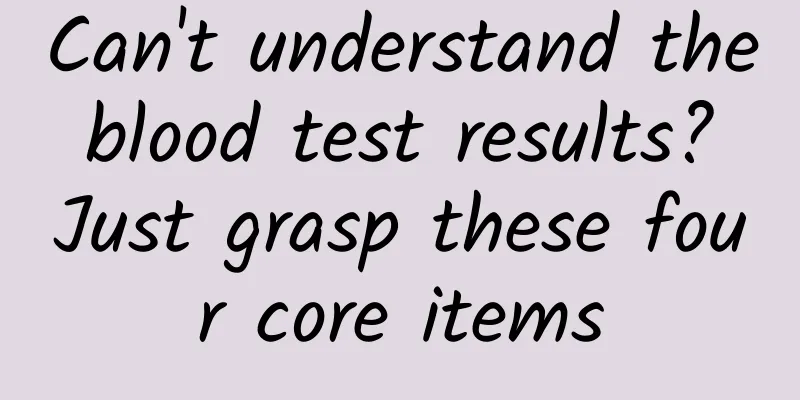Science Fiction | The choice between the red and blue pills: Is the brain in a vat or in the skull?
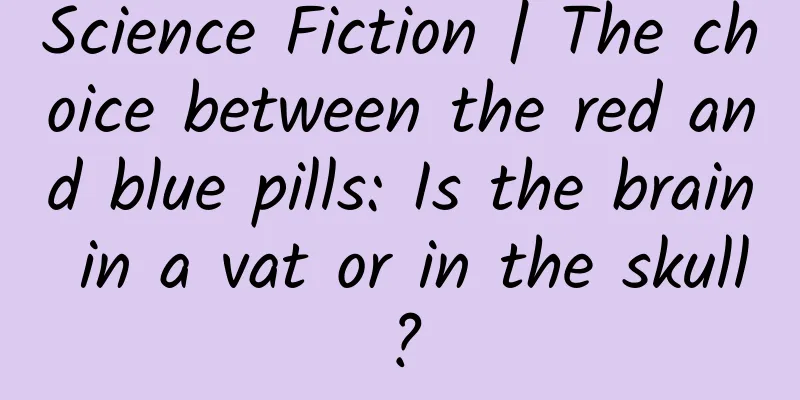
|
The booming development of science and technology has made people pay more and more attention to science fiction works that interweave technology and humanity. People want to understand the relationship between the machine world and the future of mankind through more stories and works. When discussing science fiction films and TV shows, we always have to mention The Matrix series. Even if you haven’t seen The Matrix movie itself, you should have heard of this multiple-choice question: you have to choose one of two red and blue pills. The red pill represents the real cruel reality, and the blue pill represents the virtual beautiful dream. Which one would you choose? This is also the key setting throughout the entire structure of The Matrix series, inspiring many people's understanding of the world: What is the truth of the world? The famous red and blue pill plot comes from a famous hypothesis in science fiction culture - the brain in a vat. Cylinder Brain: Who am I? Where am I? "Brain in a Vat" is a famous hypothesis proposed by philosopher Hilary Putnam in his book "Rationality, Truth and History" in the 1980s. In this hypothesis, there is an evil scientist who puts a human brain into a tank filled with nutrient solution, and the brain can maintain normal physiological activities. Scientists transmit various neural electrical signals to the brain through nerve endings. These electrical signals can simulate our various daily activities such as walking, eating, traveling, etc., and create various experiences for the brain. The tank brain experiences life through signals, but does not know that it has no body and thinks it is jumping in the real world. But everything is just an illusion. The tank brain has not gone anywhere, but has been soaking in the nutrient tank. Although the conditions of this hypothetical experiment are somewhat extreme, the hypothesis itself is shocking enough. If this thought experiment is expanded to the entire human race, assuming that all humans are controlled by a huge computer, the earth is our nutrition tank, and everything we have experienced is just a designed illusion: the earth is a trial field set up by advanced creatures, and humans may be part of a VR simulation of advanced life. It is terrifying to think about it carefully. These assumptions essentially describe doubts about the reality of the surrounding environment. Philosopher Putnam proposed the theory of the brain in a vat as a strategic assumption to solve the reference problem of external realism. For ordinary people, the entire process of the argument of external realism is obscure and difficult to understand. People who are not interested in philosophy may even find it very boring. What everyone cares more about is the final result of this hypothesis argument. There is a paradox in the assumption of the brain-in-a-vat theory. If we really are brains in a vat, we would not directly come to the conclusion that we are brains in a vat. Our questioning of existence itself, at most, leads to the question of who we are, and does not directly and accurately point to the conclusion that we are brains in a vat. Moreover, there is a deviation between whether the "brain in a vat" that the brain in a vat recognizes and talks about is consistent with the brain in a vat in the real world. Humans in the system have no chance to recognize or imagine containers outside the system. When we talk about brains in a vat, we are more discussing the ultimate truth of the world. However, the vat and the brain are just a simple analogy. If we say that there are "scientists" outside the vat manipulating things beyond cognition, then we don't know what we are, and the brain and the vat are also illusions of manipulation, which will bring us back to this unsolvable philosophical problem. We may not be brains in a vat, but perhaps we are in another unimaginable big cage or matrix, controlled by a program. The brain-in-a-jar theory is difficult to prove or disprove to a certain extent, and the argument will fall into an endless loop. However, the discussion and thinking about the brain-in-a-jar theory is of great significance. Extensions in science fiction and philosophy The hypothesis of the brain in a vat is often used to argue some philosophical theories, such as epistemology, skepticism, and idealism. Among them, skepticism is discussed by more people. In the argument of skepticism, the "brain in a vat" receives exactly the same signals as the skull, and this is the only way for it to communicate with the environment. From the perspective of the brain, it is completely unable to determine whether it is a "brain in the skull" or a "brain in a vat." If it is the former, then its thoughts are real and the body is indeed experiencing it. But if it is the latter, its thoughts are wrong, it just receives the same electrical signals and pretends to experience it. But in fact, for the brain, the feelings are the same. This also means that the brain cannot know whether it is in the skull or in the vat, so everything in this world may be false and illusory. Then for humans, the objectivity of their own existence is also questioned. A paradox will be formed in the "conscious world" created entirely by "signal" stimulation. In epistemology, philosophers believe that the knowledge we acquire depends not only on our cognitive objects and cognitive environment, but also on our cognitive process. In other words, our knowledge when we are awake is composed of specific "cognitive processes", which do not work in the virtual world. We cannot know what the information obtained in the virtual world ultimately leads to. The jar brain theory is not the only one that questions the truth of the world. In Plato's famous cave theory, Plato asked, how do you know that you are not a cave dweller watching shadows dance in the cave? In the story of Zhuang Zhou dreaming of a butterfly in the Qiwu Lun, did Zhuang Zhou dream of a butterfly? Or did the butterfly dream of Zhuang Zhou? What is real? What is the self? These are questions that humans have been asking. In addition to philosophical theories, the concept of the cylinder brain has also influenced many science fiction works, such as The Matrix, Source Code, Inception, and The Truman Show. In The Matrix, the story is structured as humans in a maternal nutrient solution, and all human experience is controlled by computer programs. What humans see, hear, and think in this world are all strings of analog signals. Humans think they exist, but in reality they are just mechanical biological human batteries, soaking in nutrient solution, a veritable brain in a vat. In Source Code, the protagonist did not know at first that he was just a fragment of memory in his brain. Later, in the cycle of train explosions, he realized that he could not be destroyed. Although the protagonist's body was incomplete, his brain function was intact. Through the connection of consciousness, he entered the eight-minute brain memory of a certain victim to find the bomb culprit. In the movie setting, the protagonist is also like a brain in a vat. His consciousness repeatedly participated in rescue and died repeatedly in the train, while his body was actually protected in the freezer. (Truman's Stairway to Awakening) In "The Truman Show", everything around the hero Truman is a play performed in cooperation with him. The sky and scenery in Truman's world are all large screens. Colleagues, family members, and neighbors are all actors. All his actions are watched by people all over the world. Although Truman has self-awareness, in this fake world, everything is under the control and surveillance of the director. Truman's situation is the same as that of a brain in a vat. In science fiction works, the brain-in-a-jar experiment brings a new world setting, enriches the elements and logic of the work, and triggers our thinking about the eternal truth. Science fiction works may lead to a happy ending. But in the discussion of brain-in-a-jar ideas and the argumentation of philosophical theories, it is not so lucky that there will be no happy ending and clear answers. It is normal to move forward with confusion and questions. The process of continuous thinking and doubt is one of the means to approach the truth. The sober “red pill” As mentioned above, the ultimate answer and the truth of the world have always been a controversial topic, and there is no definite answer. The idea of a vat brain can easily make our consciousness and thinking fall into delusion. We cannot prove that the world is not a vat, and whether there is a vat outside the vat will also fall into circular reasoning. The "brain in a jar" experiment amplifies people's instinctive suspicion and fear when facing the unknown, especially in the current era of rapid technological development. The development of the metaverse, AR/VR, and AI technology has made the unknown possible, which has triggered new philosophical and ethical issues and deepened people's sense of alienation. There are many stories of technology against humanity in the "Black Mirror" series, and the devastating scene of AI robots killing humans in "Westworld". These TV dramas and the reality that technology is constantly taking over human jobs have amplified the voice of high-tech threat theory. People will doubt or fear that technology will develop to a stage where people can no longer actively control it. Will the decision-making of the machine black box allow humans to be controlled and deceived like a "brain in a vat" without knowing it? In this unreal dream cage, are humans digging their own graves and heading towards destruction? Outside of movies and TV dramas, for ordinary people, the experience that gives us the strongest sense of being out of the world may be dreams. In dreams, we will experience very real feelings. Unless it is a lucid dream, some people still maintain clear cognition in dreams. Most people faint in the real world in their dreams. In dreams, no matter how absurd the plot is, it will feel extremely real. Many people may have dreamed of earthquakes, floods, and escaping from the end of the world. The anxious and panicked feelings in the dreams may even extend outside the dreams, and it takes several hours to calm down; some people will dream of a long-lost reunion and wake up with a smile; some people even experience near-death experiences in their dreams, and the revolving lantern of life has been browsed in advance. When we are in a dream, we don’t think we are dreaming because all the feelings are very real. If people cannot distinguish reality from reality when they are dreaming, then if the real world is a trial field with a higher degree of simulation, life will really be like a play. In The Matrix, when the protagonist Neo was communicating with other hackers before awakening, some dialogues predicted signs. "Have you ever had this feeling, that you are not sure whether you are awake or dreaming. I feel lonely, am I the only one like this?" In doubt, Trinity and Morpheus came with the red pill of awakening. In reality, there is no such pill that allows us to see the truth of the world. We can only peel off the confusion bit by bit through various thought experiments and classic works. Despite the twists and turns, it does not mean that the discussion of "brain in a jar" is meaningless and our thoughts and behaviors are useless. Even if we are in a jar and everything is false, all experiences are also real. The truth of the world and our experience are both important. We can also seek truth in the jar through experience and books, or we can pursue wisdom outside the jar and get liberation. |
>>: Are the freshly cut vegetables sold in supermarkets made from other people’s leftovers?
Recommend
For event operation routines, just read this article!
Event Operations 1. Understanding Event Operation...
Can looking at green really protect your eyesight? I have been deceived for many years...
When it comes to the color that protects eyesight...
Detailed tutorial on how to increase followers on Douyin
Douyin has all the motivations to make people add...
Why do we use liquid nitrogen to cool down the experiment? Can't we use liquid helium or liquid hydrogen?
Recently, I saw some netizens discussing why liqu...
What should I do if I encounter negative reviews in the Apple App Store? Use these 6 methods to help you solve the problem!
Those who do operations are afraid of encounterin...
These 7 steps helped me reach 1 million users in 6 months
Achieve 100,000 users in 6 months I had just arri...
How can Toutiao quickly gain millions of followers? Share 10 marketing tricks!
Many people have noticed that Toutiao, which has ...
Foreign media: Apple's 5G mobile phone release postponed to October due to the epidemic
March 7 news, according to foreign media reports,...
How to increase the number of APP downloads from 0 to 3 million?
In April of this year, I was looking for product ...
How does Tesla do marketing with zero advertising investment?
They are both beverages, so why can Yuanqi Forest...
What are the rules for eating mooncakes during the Mid-Autumn Festival? Who should eat less mooncakes?
The Mid-Autumn Festival is coming, and mooncakes ...
How much does it cost to produce an e-book mini program on the market in Guangzhou?
How much does it cost to create an e-book mini pr...
Apple declares war on mobile phone "bad habits" for 5G and to save itself
Apple held its 2019 spring conference again, and ...
How to make a good online event promotion plan?
In marketing psychology, herd mentality, greed fo...
Why the horse-faced skirt has become the new top trend in the fashion circle? Thousands of years of evolution history will tell you
Contemporary Society Wearing a horse-faced skirt ...
